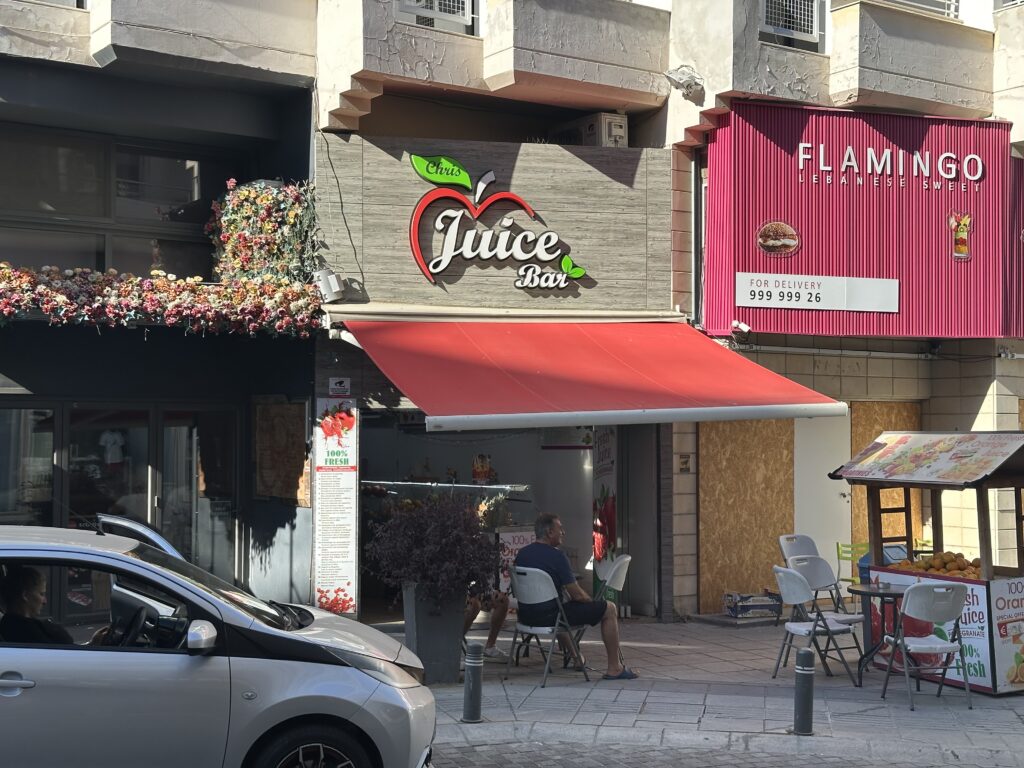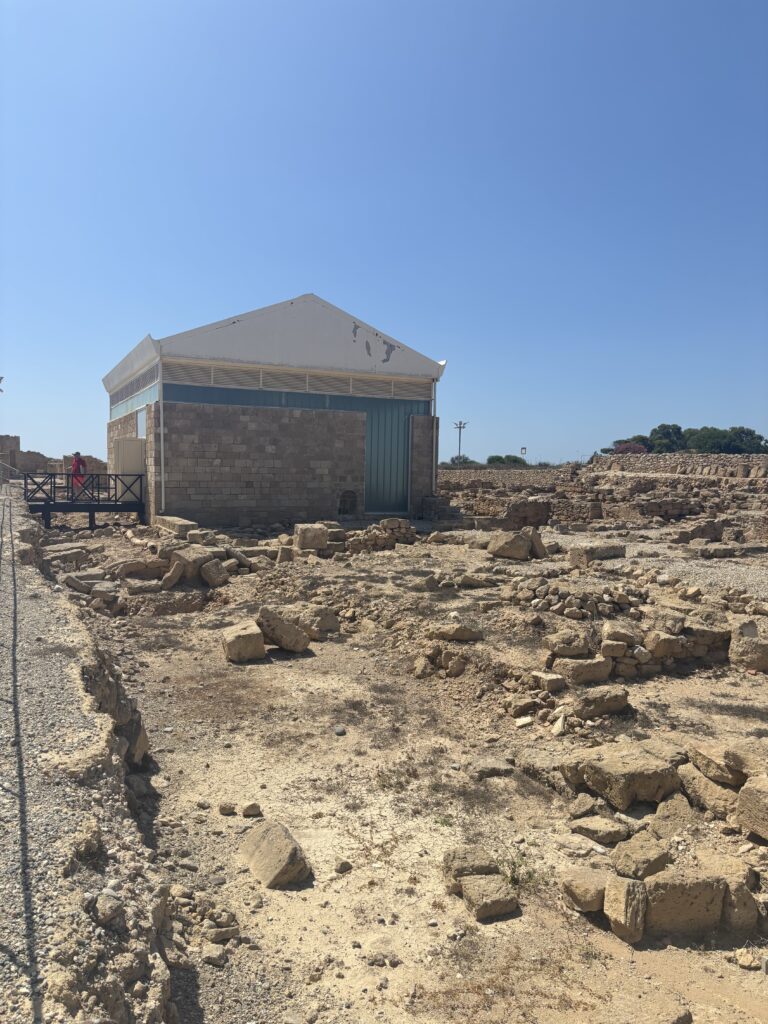Mason Ross
This year, us three returning students (myself, Riley, and Matthew) have been given our own shiny new EU to open. As seasoned veterans of Vigla we are supervising the trench together, which has turned out to be fairly similar to the year before, except with far more paperwork to fill out while covered in dirt with the knowledge that what you write will become a part of this trench and this site forever.
Our trench is EU 36, the westernmost unit of the site, directly in front of the shade tents. The trench was opened with the goal of finding the western outer wall of the whole building complex. The three of us began work on EU 36 optimistic and slightly confused about soil consolidation. After a few days, and more than a few new blisters, we made it through the topsoil in the 5 meter by 5 meter trench. Our fearless and stress-free directors then received word from the British base officials that their shoot schedule was going into overtime. Vigla is unfortunately located within the base’s firing range area, meaning we must work around their target practice. Now, with suddenly fewer days on site, the decision was made to cut the 5×5 meter trench in half and focus on one side for the foreseeable future.








